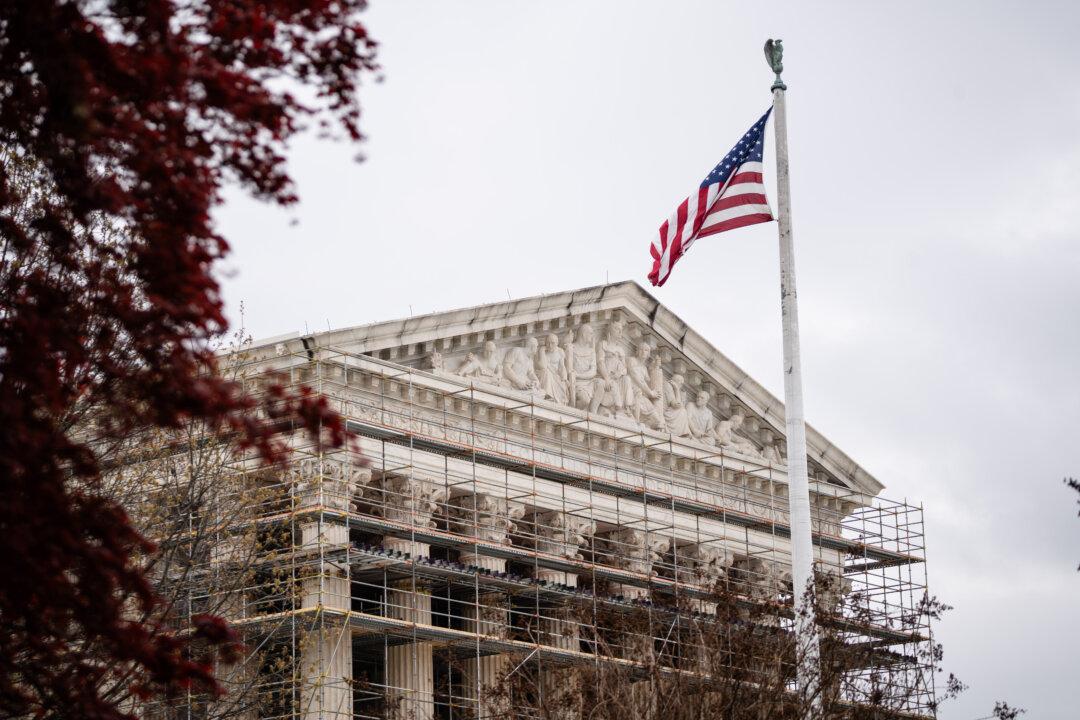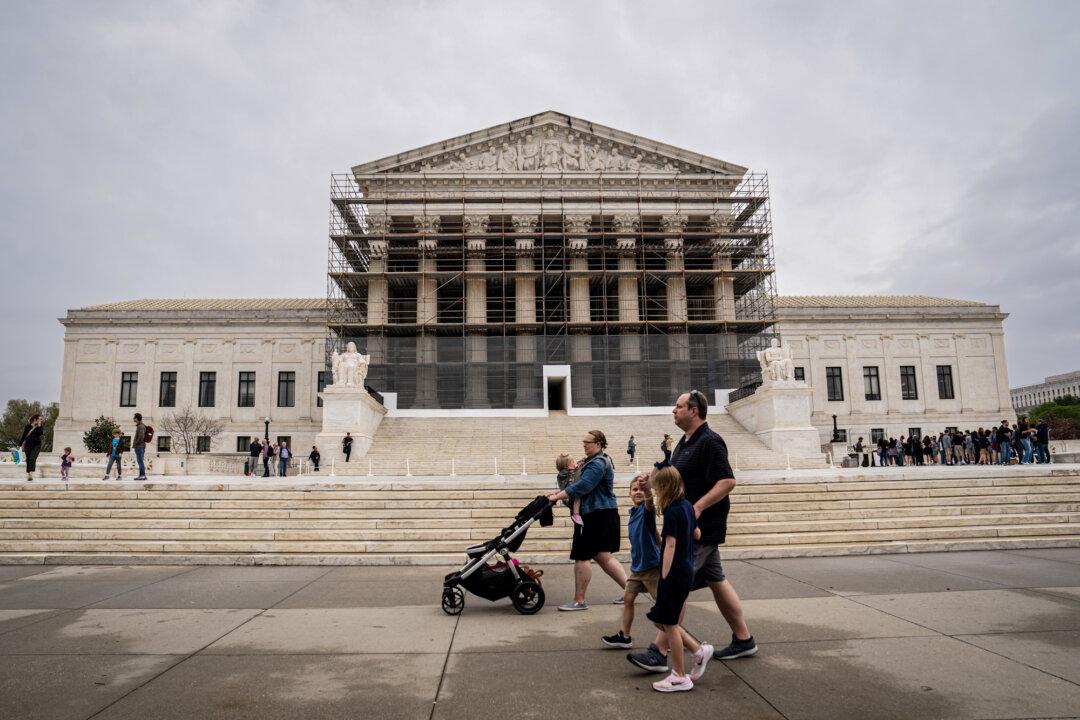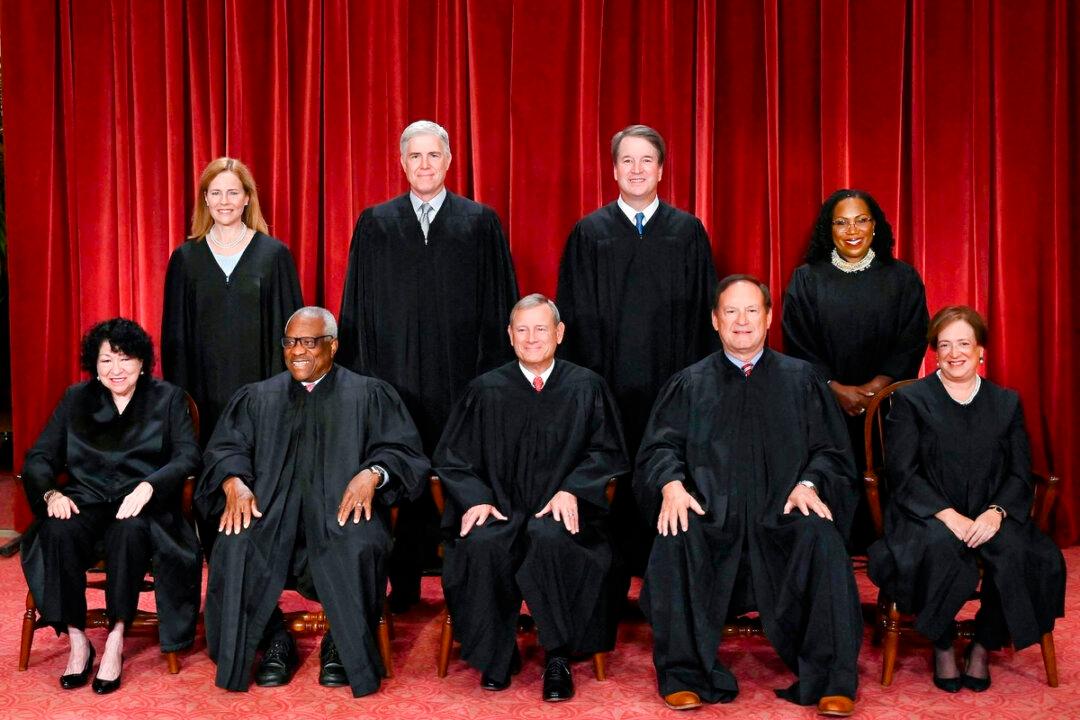The Trump administration created a good program in 2017 to protect U.S. workers by cracking down on employers that abuse temporary visa programs to bring in cheap labor from abroad but it needs to do a lot more, panelists at a discussion hosted by the nonpartisan Center for Immigration Studies said April 2.
“With the virtual shutdown of much of the U.S. economy, American workers are hurting, and jobs are scarce,” said Andrew R. Arthur, a resident fellow in law and policy at the Center for Immigration Studies (CIS).
“Fortunately, there are agencies targeting, investigating, and bringing enforcement actions against employers who are discriminating against the American worker, and there are procedures by which the public can report fraud and abuse in temporary worker programs. But the administration can and should do more.”
“The Division holds companies accountable for discriminating against U.S. workers by paying fines, paying affected workers their lost wages, and deterring companies from using illegal preferences.”
U.S. workers are defined in the program as citizens and nationals of the United States, lawful permanent residents, aliens with temporary resident status under the amnesty provision in the Immigration Reform and Control Act of 1986, asylees, and refugees, which means those who apply outside the country for protection.
The estimate of more than $1.2 million in back wages and civil penalties won by IER may seem low, Arthur and CIS Executive Director Mark Krikorian acknowledged during the online talk, but there are reasons for that, they said.
“Unfortunately, proving discrimination in these cases can be difficult but alleging discrimination to a degree where the employer agrees to comply is a little bit easier,” Arthur said.
“Part of the reason why the penalties that these employers have agreed to haven’t been as high as we would hope is because they have settled claims that have been brought against them by IER in lieu of litigation.”
Programs like the Protecting U.S. Workers Initiative are good because they “really put the heat on employers, and more importantly, give the impetus to the numerous law firms that assist those employers to make sure that they are following the law,” Arthur said.
“But really the most important thing is to put the fear of God into employers that they need to comply with the law in the future.”
Krikorian said that an employer can be “debarred” from using a visa program where there is proof of abuse.
This does not happen often, and usually only in the “most egregious cases,” he said. Even then, it often only results in a one-year-suspension of the employer from the program, he added.
“There’s mixed messages from the various parts of the administration on how committed they are to protecting American workers,” Krikorian said.
President Trump’s executive order may be clear but the Employee Rights Section at the Department of Justice “has no permanent head at the moment and that makes a difference,” he said.
“Personnel is policy, and if there’s no political appointee pushing that forward there’s a real possibility you’re not seeing the same level of commitment.”





